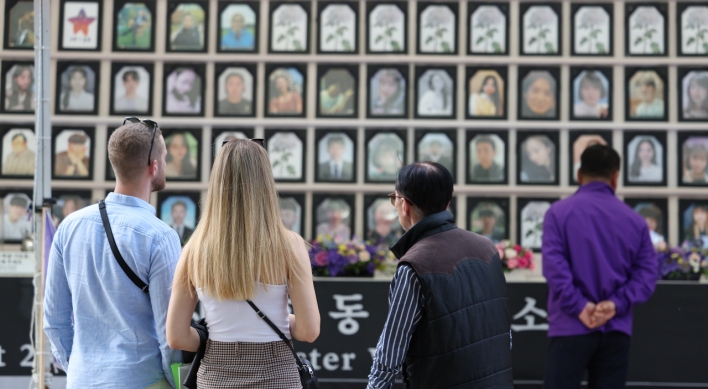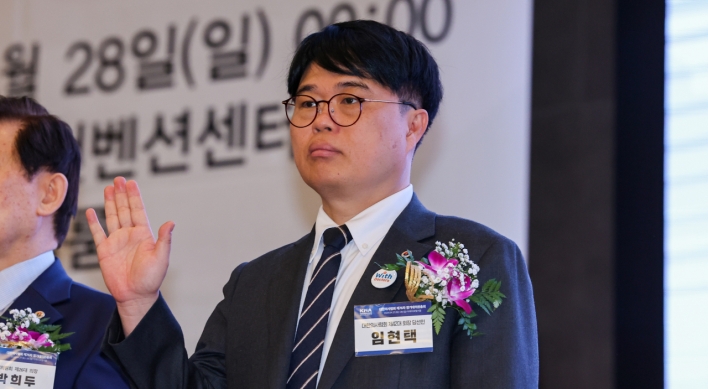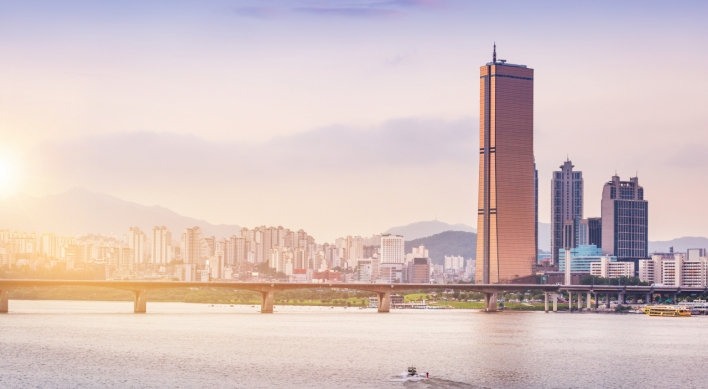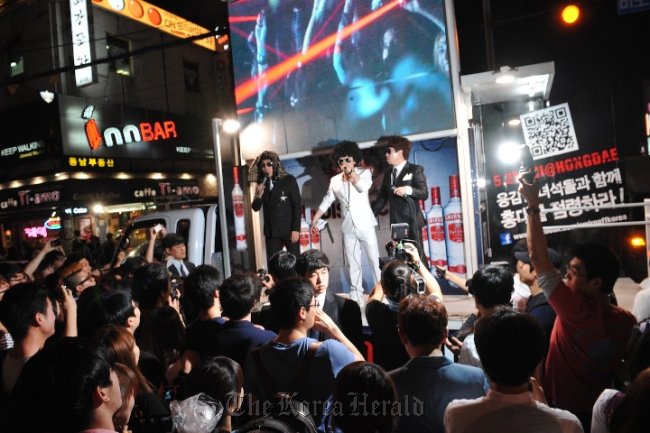
Companies say parties help raise brand image, but don’t expect immediate effect on sales
As depressing news on the sluggish economy continues to dampen consumer sentiment, a number of companies are choosing to throw club parties to refresh the mood and draw attention to their products.
Parties have been a key marketing tool for consumer goods makers targeting those in their 20s and 30s as club culture spread across the country over the years.
The companies do not expect the unlimited supply of free beer and clubbing at the hottest clubs to immediately lead to increased sales or a quantifiable marketing effect.
Nevertheless, whether they are aimed at building existing customers’ loyalty or raising brand awareness among unspecified people to attract new customers, parties are often the choice for enhancing brand image or promoting new products.
Listerine, an antiseptic mouthwash brand, is hosting a party this Thursday at a club named Eden in southeastern Seoul to promote its new product “Teeth and Gum Defense.”
The company is inviting 500 trendy college students it picked as “campus style icons” to liven up the party and is giving out samples as gifts to guests so they can try out the product.
“Club parties are effective in establishing a positive brand image since people are already excited by the party when they come across the products,” said Yoon Sung-hwan, a marketing official for Listerine.
Heineken Sensation, an electronic music festival hosted by the Dutch beer maker, is one of the most successful brand parties.
The festival, which has been touring the globe for about a decade, was held in Ilsan’s KINTEX, northwest of Seoul, last month for the first time in Asia, attracting some 23,000 people despite pricey tickets.
“I didn’t have any preferences for beer brands, but going to a cool, well-choreographed party full of Heineken did make me grow a fondness for the brand,” said Lee Min-young, a 28-year-old office worker who attended the event.
“The only downside was that the admission was too expensive.”
Most of such parties are free, though.
As depressing news on the sluggish economy continues to dampen consumer sentiment, a number of companies are choosing to throw club parties to refresh the mood and draw attention to their products.
Parties have been a key marketing tool for consumer goods makers targeting those in their 20s and 30s as club culture spread across the country over the years.
The companies do not expect the unlimited supply of free beer and clubbing at the hottest clubs to immediately lead to increased sales or a quantifiable marketing effect.
Nevertheless, whether they are aimed at building existing customers’ loyalty or raising brand awareness among unspecified people to attract new customers, parties are often the choice for enhancing brand image or promoting new products.
Listerine, an antiseptic mouthwash brand, is hosting a party this Thursday at a club named Eden in southeastern Seoul to promote its new product “Teeth and Gum Defense.”
The company is inviting 500 trendy college students it picked as “campus style icons” to liven up the party and is giving out samples as gifts to guests so they can try out the product.
“Club parties are effective in establishing a positive brand image since people are already excited by the party when they come across the products,” said Yoon Sung-hwan, a marketing official for Listerine.
Heineken Sensation, an electronic music festival hosted by the Dutch beer maker, is one of the most successful brand parties.
The festival, which has been touring the globe for about a decade, was held in Ilsan’s KINTEX, northwest of Seoul, last month for the first time in Asia, attracting some 23,000 people despite pricey tickets.
“I didn’t have any preferences for beer brands, but going to a cool, well-choreographed party full of Heineken did make me grow a fondness for the brand,” said Lee Min-young, a 28-year-old office worker who attended the event.
“The only downside was that the admission was too expensive.”
Most of such parties are free, though.
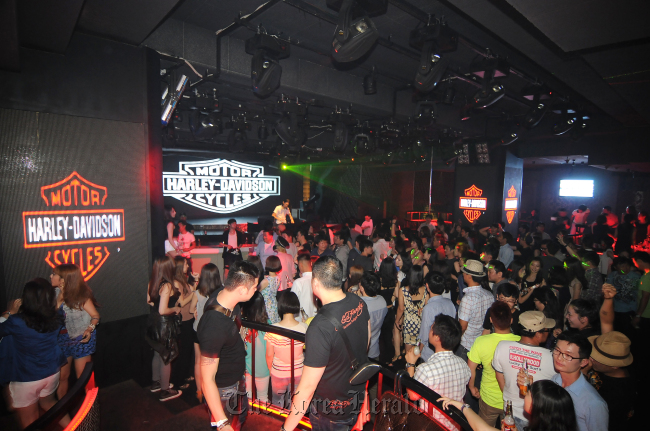
Harley-Davidson threw a “dark custom” party at a club in Seoul’s Itaewon in July as it launched a lineup of bikes for young riders.
Of the 600 people who came, only about 100 were Harley-Davidson customers and the rest had signed up through Facebook.
“The purpose of the party was to let people have fun, and raise brand awareness as potential customers see people enjoying the party and share their experience through word of mouth or posting photos on the Internet,” said a spokesperson for the motorcycle manufacturer.
Beverage companies most actively sponsor parties and similar events with an eventual goal to promote sales.
Vodka brand Smirnoff held live shows featuring musicians and guerilla auditions in various spots of Seoul’s Hongdae area last month.
“Since 20-somethings, who are Smirnoff’s main target consumers, tend to have a strong desire to express themselves, we get positive feedback from them when we run marketing campaigns involving parties,” a spokesperson for Smirnoff said.
Aside from club parties, the competition to be selected as a sponsor of large-scale music festivals such as the Jisan Valley Rock Festival, the biggest in Korea, is intense.
Companies have ways to gauge the effect of such sponsorships by tracking the foot flow of participants around their promotional zones, according to a marketing manager at a foreign consumer goods firm.
“We don’t anticipate promotional parties or sponsorships to boost sales; they are mostly about brand building,” she said.
“Parties are a rare opportunity to have target customers in one place, so it helps us learn what they want and build a good brand image.”
Beauty brands and mobile services also host frequent club parties.
Amore Pacific’s Laneige held a club party as it launched a new mascara in June, which was promoted through Facebook.
“Online content created on the day of the party including video images of makeup shows are still frequently searched on the Internet, becoming an important factor for measuring the event’s marketing effect. It certainly helped increase sales,” a Laneige official said.
SK Telecom is holding concert parties featuring celebrities for college students outside the Seoul metropolitan area including one on Sept. 8 in Daegu.
By Kim So-hyun (sophie@heraldcorp.com)
Of the 600 people who came, only about 100 were Harley-Davidson customers and the rest had signed up through Facebook.
“The purpose of the party was to let people have fun, and raise brand awareness as potential customers see people enjoying the party and share their experience through word of mouth or posting photos on the Internet,” said a spokesperson for the motorcycle manufacturer.
Beverage companies most actively sponsor parties and similar events with an eventual goal to promote sales.
Vodka brand Smirnoff held live shows featuring musicians and guerilla auditions in various spots of Seoul’s Hongdae area last month.
“Since 20-somethings, who are Smirnoff’s main target consumers, tend to have a strong desire to express themselves, we get positive feedback from them when we run marketing campaigns involving parties,” a spokesperson for Smirnoff said.
Aside from club parties, the competition to be selected as a sponsor of large-scale music festivals such as the Jisan Valley Rock Festival, the biggest in Korea, is intense.
Companies have ways to gauge the effect of such sponsorships by tracking the foot flow of participants around their promotional zones, according to a marketing manager at a foreign consumer goods firm.
“We don’t anticipate promotional parties or sponsorships to boost sales; they are mostly about brand building,” she said.
“Parties are a rare opportunity to have target customers in one place, so it helps us learn what they want and build a good brand image.”
Beauty brands and mobile services also host frequent club parties.
Amore Pacific’s Laneige held a club party as it launched a new mascara in June, which was promoted through Facebook.
“Online content created on the day of the party including video images of makeup shows are still frequently searched on the Internet, becoming an important factor for measuring the event’s marketing effect. It certainly helped increase sales,” a Laneige official said.
SK Telecom is holding concert parties featuring celebrities for college students outside the Seoul metropolitan area including one on Sept. 8 in Daegu.
By Kim So-hyun (sophie@heraldcorp.com)
-
Articles by Korea Herald







![[Music in drama] Rekindle a love that slipped through your fingers](http://res.heraldm.com/phpwas/restmb_idxmake.php?idx=644&simg=/content/image/2024/05/01/20240501050484_0.jpg&u=20240501151646)
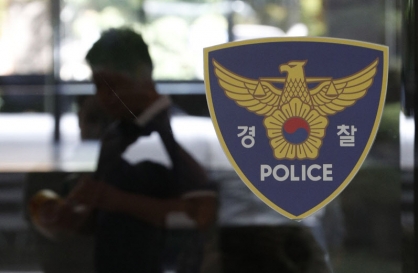


![[New faces of Assembly] Architect behind ‘audacious initiative’ believes in denuclearized North Korea](http://res.heraldm.com/phpwas/restmb_idxmake.php?idx=644&simg=/content/image/2024/05/01/20240501050627_0.jpg&u=20240502093000)



